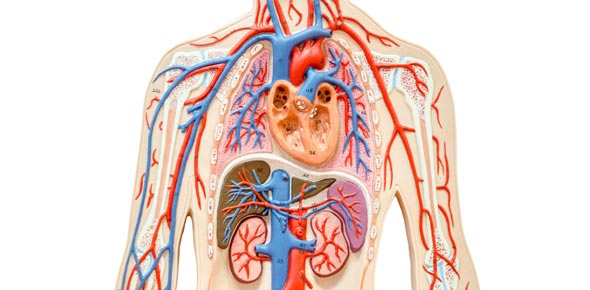Related Flashcards
Related Topics
Cards In This Set
| Front | Back |
|
Pleural effusion is an abnormal collection of fluid in the pleural cavity. Results in lung compression and dysnea
|
Causes- increased capillary pressure (CHF), Increased capillary permeabilty(inflammation) hypoalbuminemia,
|
|
(liver damage) impaired lymphatic drainage damage(cancer)
|
Pleural effusion
|
|
Atelectasis is the incomplete expansion of a lung or portion of a lung. Causes airway obstruction, lung compression
|
( pneumothorax or pleural effusion). Increased recoil of the lung due to loss of pulmonary surfactant
|
|
Pneumothorax is air in pleural cavity. Partial or complete lung collapse. causes:
may be spontaneous or due to trauma
|
Obstructive lung diease
|
|
Bronchial Asthma
|
Hyperreactive airways reacts to various stimuli and produce, and produce episodic
bronchoconstriction
|
|
Atopic (Allergic, Extrinsic) Asthma
Inhaled allergens produce a type 1
|
Hypersensitivity response with increased eosinophils seen in sputum and peripheral
blood
|
|
Nonatopic (intrinsic) Asthma
|
Bronchoconstriction is triggered by infections , cold and air pollutants, typically in the middle aged adults
|
|
Chronic Bronchitis-
chronic irritation of airways ( smoking, air pollution) complicated by repeated
|
Infections leads to a persistant cough with sputum production for at least 3 months in at least 2 consecutive years.
|
|
There is hypersecretion of mucus from hypertrophied submucosal glands with goblet cell hyperplasia
|
Chronic bronchitis
|
|
Emphysema
|
Destruction of the normal pulmonary acinar structure leads to dilation of distal
airspaces.
|
|
Centrilobular (emphysema)
(Centriacinar)
|
Predominanantly the respiratory bronchioles of the proximal acinar structure
are affected,sparing distal aleveoli
|
|
Mostly seen in smokers. upper lung fields
are predominantly involved, most common in smokers
|
Centrilobular (Centriacinar)
|
|
Paniobular (Panacinar) (emphysema)
All portions of the acinus are involved
|
Lower lung fields are predominantly involved. Can occur in association with alpah-1 antitrypsin deficiency
|
|
Paraseptal (irregular) (emphysema)
|
Focal scarring. often subpleural, results in dilation of airspaces.
|
|
Bronchiectasis
|
Chronic infection leads to destruction and dilation of bronchi
|







